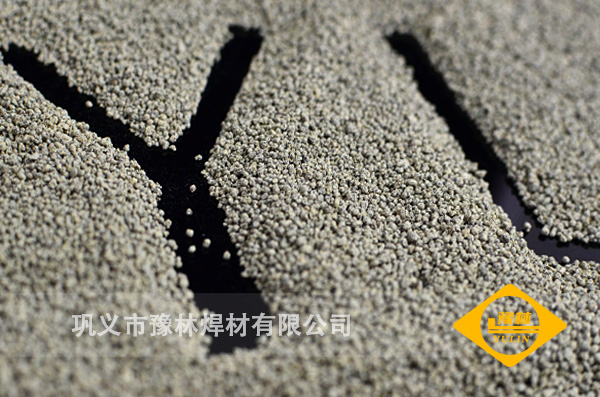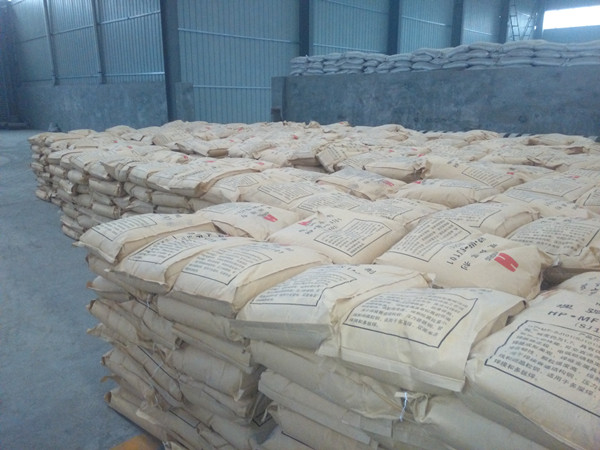- Welding Wire EL8
- Welding Wire EM12K
- Welding Wire EM13K
- Welding Wire EH14
- Welding wire EA2
- Welding Wire EA4
- Welding Wire H08Mn2SiA
- welding flux SJ101
- welding flux SJ101G
- welding flux SJ101Q
- welding flux SJ102
- welding flux SJ105
- welding flux SJ201
- welding flux SJ301
- welding flux SJ301A
- welding flux SJ303
- welding flux SJ401
- welding flux SJ501
- welding flux SJ601
- welding flux SJ601B
- welding flux SJ602
- welding flux SJ604
- welding flux SJ605
- welding flux SJ606
- welding flux SJ609
- welding flux SJ609S
- welding flux HJ107
- welding flux HJ131
- welding flux HJ230
- welding flux HJ250G
- welding flux HJ257
- welding flux HJ257Z
- welding flux HJ260
- welding flux HJ330
- welding flux HJ350
- welding flux HJ431
- welding flux MD-DZH F600
Add: Zhongling Village, Dayugou Town, Gongyi City, Henan Province, China.
Contact: Mr. Charlie
Tel: +86-371-69596866
Fax: +86-371-64054446
Mobile/Whatsapp/Wechat: +86 18530036598
Skype: charlie.hill700
Postcode: 451271
Email: charlie.ylflux@gmail.com
Submerged arc welding flux composition
Submerged arc welding flux composition (Agglomerated flux) is generally made up of three basic components: slag forming agents, oxidants & alloying elements & modification compounds, binders.
Mineral materials
Slag making materials of welding flux is commonly complex oxidants, salts, minerals and rocks. Chemical composition of mineral materials are only allowed to fluctuate within technical standard ranges.
High basicity welding fluxes have more benefits than acid fluxes, and provide better crystallization conditions for weld metal. It is positive for desulfuration. Slag forming agents of welding flux consist of oxidants and metals hard to be oxidized, which guarantee alloying elements transfer from welding flux to weld metal. This is especially important for high alloy steels. Agglomerated flux contains active reducing agent. If agglomerated flux also contains oxidants in large proportion, weld metal would be easily oxidized. So, welding flux for high alloy steel use fluoride instead.
Chemical composition and physical properties of slag forming agents decide welding performance. When choosing slag forming agents, you should consider that slag must have some viscosity, relatively lower melting point and proper solidification temperature range. Main materials are fluospar and rutile. Fluospar is necessary component of welding flux, and improves resistance to porosity.
To improve arc stability, slag forming agents should contain some low ionization potential materials, such as basic oxidants, alkaline-earth metals, titanium, etc. In arc atmosphere, when content of F and Cl increases, arc stability goes down rapidly. So, fluospar content in welding flux is limited. In addition, content of S and P should be controlled strictly. Common materials are suitable to make welding flux, if they are suitable to make electrode coating.
Pure metal, ferrous alloy
Pure metal and ferrous alloy usually play the role of alloying agent and deoxidizing agent in submerged arc welding flux. Alloying agent amount is decided by chemical composition requirement of weld metal. Alloy transfer coefficient from flux to weld metal is related to affinity between alloys and oxygen, slag composition, alloy concentration in weld pool, etc. Alloy transfer coefficient (the ratio of alloy content in weld metal and alloy content in welding flux)is to evaluate alloy elements utilization level in welding flux.
Alloying agents for welding flux are generally ferrosilicon, ferromanganese, ferromolybdenum, ferrovanadium, ferrotungsten and some other ferrous alloys. According to different requirement, sometimes carbon materials (graphite, emery or metallic carbide) are added.
Some alloying agents have high affinity to oxygen, such as silicon, manganese, which are also deoxidizing agents for weld metal. In most cases, some active deoxidizing agents are added into welding flux, such as ferrotitanium and ferroaluminum. These agents also play the role of alterant. To reduce weld metal sufficiently and to adjust composition, composite alloys are added, such as calcium-silicon alloy, silicoaluminum alloy, magnesium alloy, etc.
The addition of alloying agent, deoxidizing agent and alterant could improve the composition and metallographic structure of weld metal, but also influence welding performance. The reason is, during oxidation-reduction process, alloying agents would transfer some oxidants into slags and change slag physical properties.
Binders
Binding agent for welding flux is usually K-Na water glass. The density is 1.35-1.42g/cm3. Except water glass, some organic binder, colloidal material, paint material are also used.
Submerged arc welding flux composition is so complex. Every ingredient content is under control to achieve best welding performance and mechanical properties. Gongyi Yulin Welding Material company manufactures superior welding flux for SAW process. Welcome to contact us.



